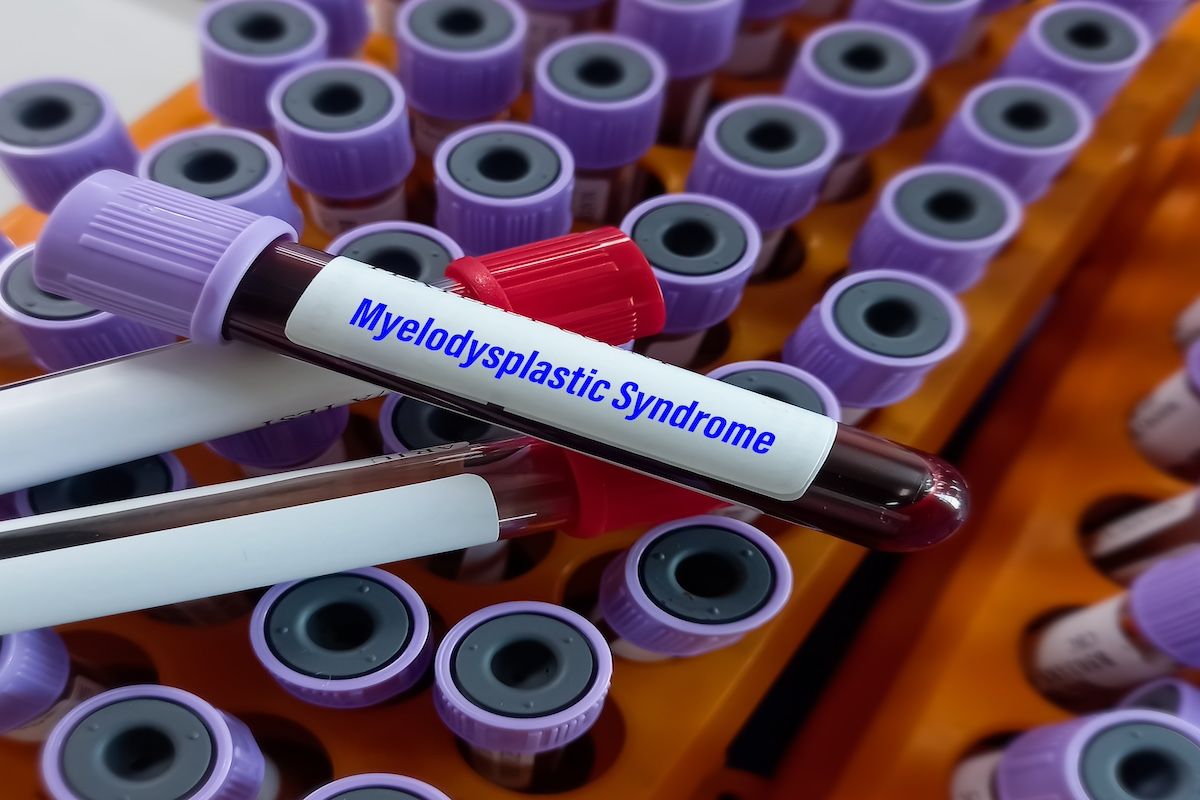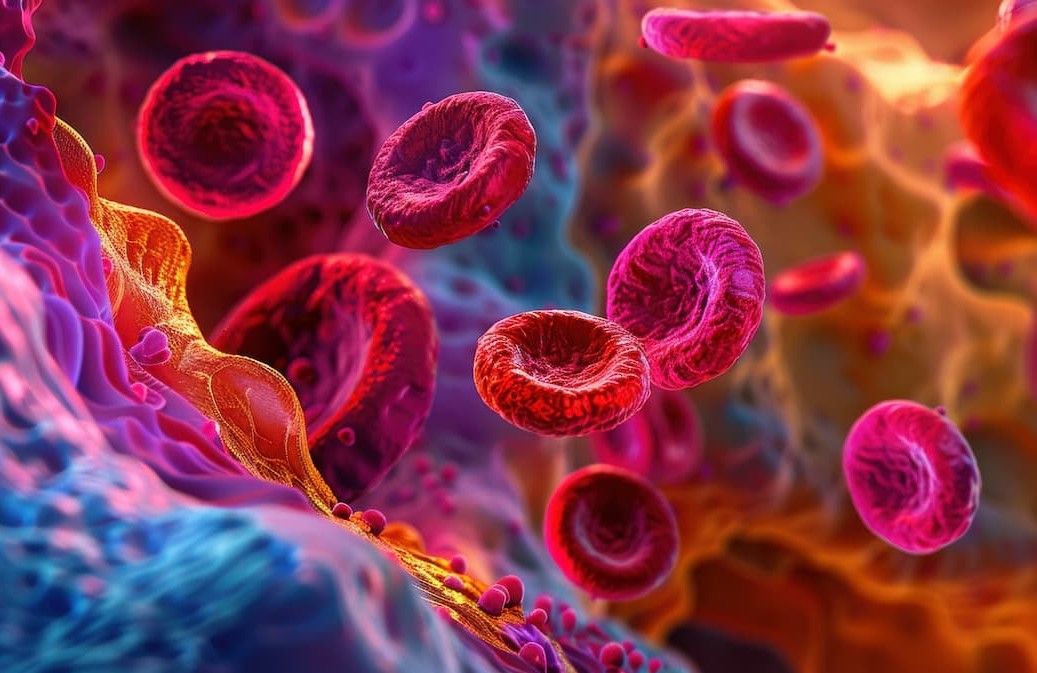News
Article
Increased Surveillance Recommended for Children at Risk for Hematopoietic Malignancy Predisposition
Author(s):
Key Takeaways
- Intensive monitoring is crucial for children with genetic risks for MDS and HM to identify HSCT candidates.
- Surveillance guidelines include baseline blood and bone marrow evaluations, with frequent monitoring for high-risk individuals.
Rigorous surveillance of children at high risk for developing myelodysplastic syndrome (MDS) is especially warranted, according to researchers.
Children with a genetic risk of developing myelodysplastic syndromes (MDS) and other hematopoietic malignancies (HM), such as leukemias and lymphomas, should receive intensive monitoring, in order to identify patients who would most benefit from hematopoietic stem cell transplantation (HSCT), according to a study in Clinical Cancer Research.1
“The field of HSCT is evolving rapidly, with a growing number of syndromes, refinements in genotype–phenotype correlations, and application of high throughput, sensitive methods for the detection of germline and somatic mutations. Rare variant association studies, demonstration of mutational constraint, and the development of polygenic risk scores will further enhance the understanding of germline variants’ contributions to childhood HM,” the authors wrote.
For children at high risk of developing MDS, recommendations include bone marrow examinations to monitor for morphologic changes | Image Credit: © nimito - stock.adobe.com

A working group has recommended specific surveillance guidelines for a range of Hematopoietic Malignancy Predisposition (HMP) conditions, based on the probability of each to lead to MDS. A baseline complete blood count (CBC) with differential and reticulocyte count is recommended for all children with HMP. A baseline evaluation of the bone marrow by aspirate and biopsy should be considered for all and is recommended for those at risk of MDS in childhood, to assess overall cellularity and morphology, with flow cytometric analysis to identify any blasts and quantify immune cell subsets, and cytogenetic examination to enumerate cells with chromosomal abnormalities.
For children at high risk of developing MDS, recommendations include bone marrow examinations to monitor for morphologic changes and deep sequencing for somatic changes in genes associated with HM progression. Early intervention through HSCT can favorably impact overall survival of patients with MDS.
The study also recommends surveillance frequency guidelines for HM testing that range from every 3 to 12 months for genes that have been newly associated with a predisposition to HM: ERCC6L2, ERG, GAB2, GATA1, MBD4, MECOM, SH2B3, TYK2, and USP9X.
General guidelines should continue to be followed: All children with HMP should receive an annual physical exam, education about the signs and symptoms of HM, consultation with experienced providers, and early assessment by an HSCT specialist, according to the study.
Primary immunodeficiency syndromes with increased risk of HM were considered beyond the scope of the study, though general concepts reflected in the recommendations can be used for those syndromes, the study states.
The study updates recommendations outlined by groups over the past 6 years. In 2017 the AACR Childhood Cancer Predisposition Working Group issued guidelines that included referral to centers with expertise in hereditary hematologic malignancies, education about the signs and symptoms of leukemia, consultation with a transplant specialist, and surveillance testing.2 In 2022, the International Consensus Classification and the World Health Organization issued further guidelines.
Children harboring certain germline gene variants have an increased risk of developing MDS and other HM, such as leukemias and lymphomas. Recent studies have identified an expanding number of these predisposition genes, with variants most prevalent in children with MDS but also found in children with other HM.
“Surveillance strategies based on the risk of MDS for each syndrome remain important components of care for these patients in order to identify those who would most benefit from HSCT,” the authors wrote.1 “The implementation of somatic gene panels may allow for early detection of disease evolution and intervention to improve overall outcomes, although this is an area for which more collaborative research is needed.”
References
- Maese, LD, Wlodarski, MW, Young Kim S, et al. Update on recommendations for surveillance for children with predisposition to hematopoietic malignancy. Clin Cancer Res. 2024;30:4286-4295. doi:10.1158/1078-0432.CCR-24-0685
- Porter CC, Druley TE, Erez A, et al. Recommendations for surveillance for children with leukemia-predisposing conditions. Clin Cancer Res. 2017;23:e14-e22. doi: 10.1158/1078-0432.CCR-17-0428

NGS-Based Test Accurately Detects Post–Allo-HSCT Relapse in AML, MDS




